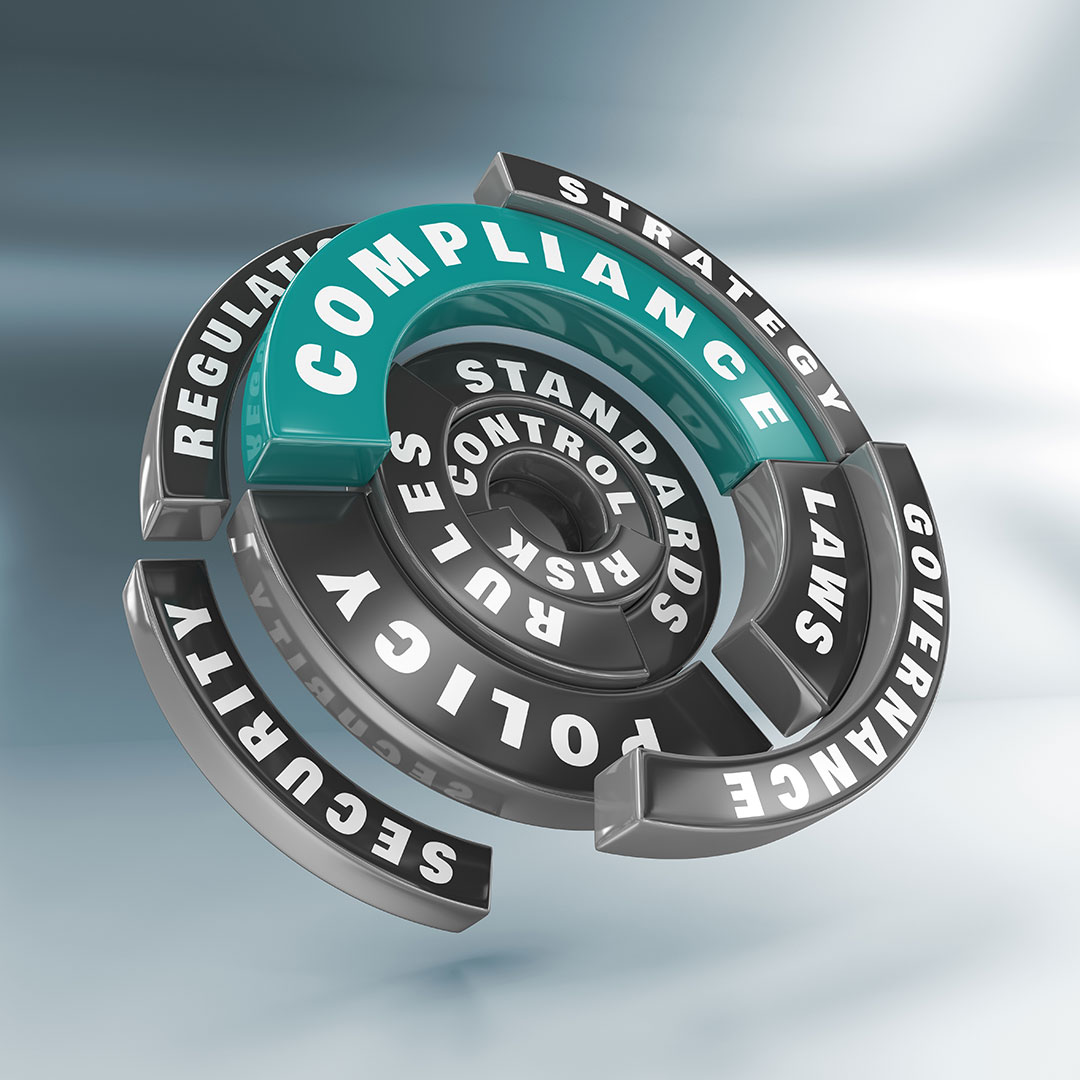The good news is, with proper planning, one should be able to partially sidestep the accelerated tax burden. There is no doubt, though, that the Act has a wide-reaching impact on retirement savings and estate planning strategies for many Americans. Following are a few of the changes:
Stretch IRAs.
The most significant change in the new law pertains to the treatment of “Stretch” IRA’s. Previously, non-spousal beneficiaries of individual retirement accounts could spread or “stretch” distributions from the IRA over their life expectancy, thus allowing the beneficiary to withdraw a small amount each year and pay a lesser tax. Beneficiaries of account owners who passed away in 2019 and earlier are grandfathered under the old rules and may continue to stretch distributions over their life expectancy.
The SECURE Act affects beneficiaries of account owners that pass in 2020 and beyond. The Act requires most beneficiaries to take distributions (and pay the corresponding tax) from the inherited retirement account over a 10-year period.
This is not a one-size-fits-all rule; exceptions to the 10-year payout period include spousal beneficiaries, beneficiaries who are chronically ill or disabled, and beneficiaries not more than 10 years younger than the original account owner. Minor child beneficiaries of the decedent may use the stretch provision until they reach the age of majority (age 18 in S.C.) and will then follow the 10-year rule.
If you have named a living trust (known as a “pass-through trust” or “conduit trust”) as a beneficiary of your retirement account, you should make it a priority to speak with your financial adviser and estate attorney and review the impact of the new legislation on your plan. Living trusts often have language that allows trust beneficiaries to receive only required minimum distributions (RMD’s). The problem under the new Act is that there are no RMD’s until the tenth year. Accordingly, the trust may require a distribution of the entire account in the final year, creating a substantial tax liability (not to mention a lack of liquidity in the first nine years). To avoid this trap, your attorney may recommend switching from a conduit trust to an accumulation trust. Or, if you drafted your trust long ago and your beneficiaries have proven they would be good stewards of the inheritance, you can consider removing the trust and listing the beneficiaries individually.
Required Minimum Distributions (RMD’s).
Under the old law, required minimum distributions from IRA’s were mandatory by April 1 of the year following the year in which the account owner turned age 701/2 . Accordingly, if you turned 701/2 in 2019, you will be required to take an RMD in 2020 and every year going forward. Under the SECURE Act, anyone who turns 701/2 in 2020 will not be required to take an RMD until April 1 of the year following the year in which he/she turns age 72.
Contributions to Individual Retirement Accounts.
Previously, you couldn’t contribute to a traditional IRA after age 701/2. The new law has removed the age limit. This is particularly significant for those who continue to work later in life. If making qualified charitable distributions (QCD) from your IRA is a common practice of yours and you wish to contribute to an IRA post-701/2, you should first familiarize yourself with how these two strategies marry in the new tax code; like everything else in the tax code, it’s complicated!
Penalty-Free Distributions.
The Act allows for penalty-free distributions for the birth or adoption of a child. Five thousand dollars per parent may be distributed from a retirement account without the 10% penalty in the event of a qualified birth or adoption. The distribution must occur within one year of the child’s birth or the adoption’s finalization.
“Kiddie Tax” Laws.
The 2017 tax law changed how unearned income for some children was taxed, using the rates for estates and trusts rather than the parent’s marginal rate. Now, this change has been reversed, and unearned income for some children in 2020 and beyond will once again be taxed at the parent’s marginal rate. Furthermore, parents have the option of applying the new kiddie tax rules retroactively for 2018 and 2019.
529 Plan Distributions.
The list of qualified expenses for 529 plan distributions has been expanded—notably, distributions for apprenticeship programs and “qualified education loan repayments” are now allowed. Up to $10,000 may be distributed to pay both principal and interest for qualified education loans for the plan beneficiary, and an additional $10,000 may be used to repay loans for each of the plan beneficiary’s siblings.



